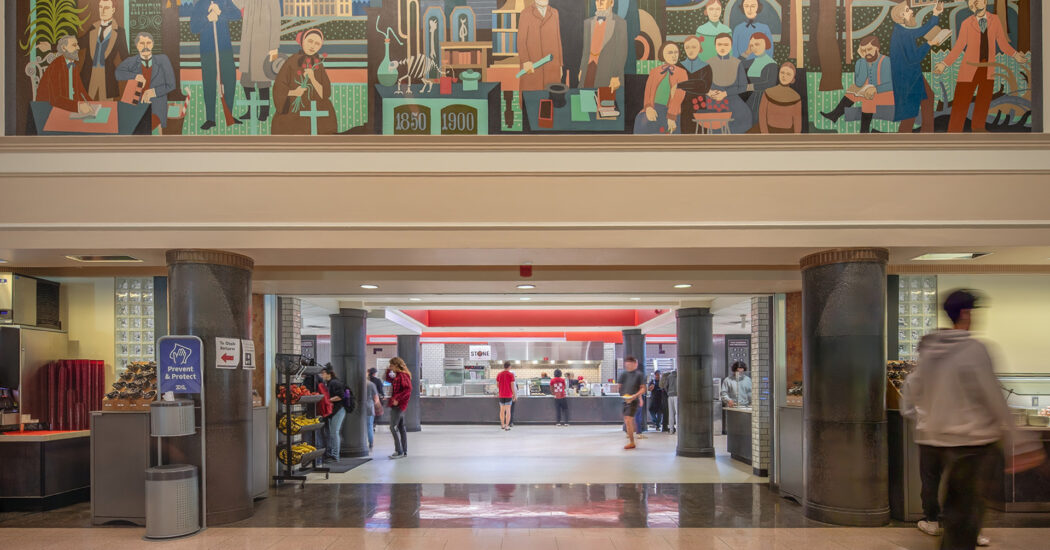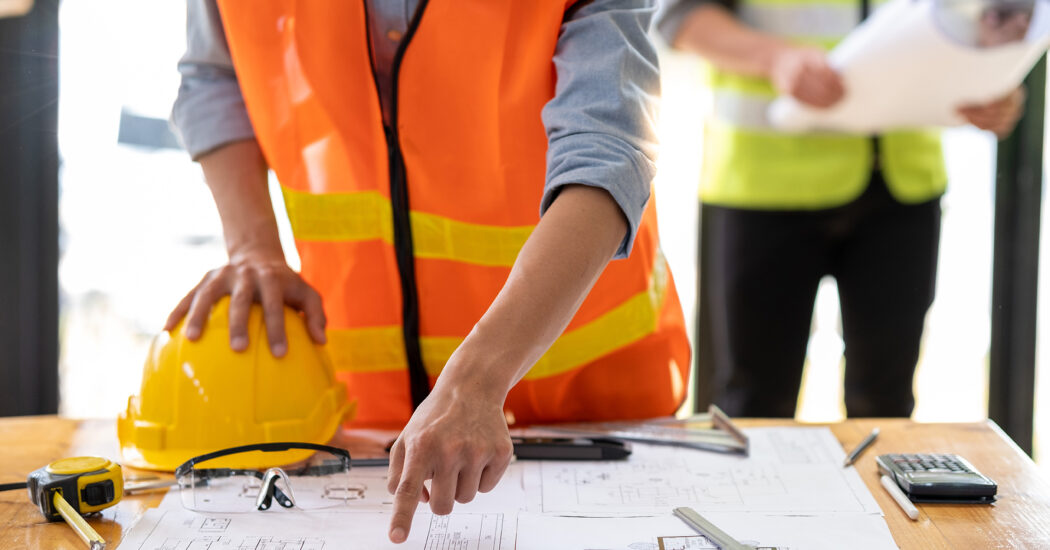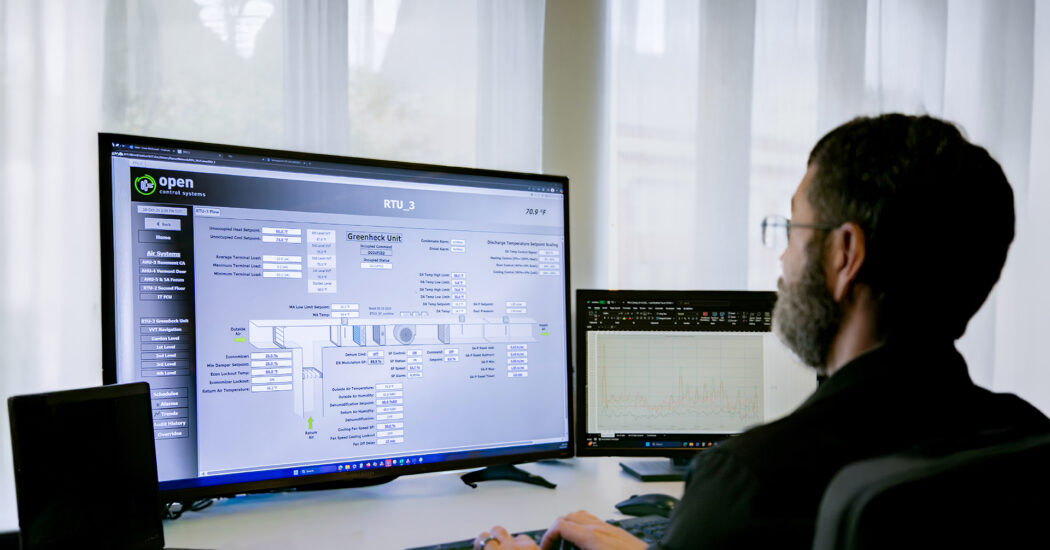User Engagement Early in Design
-
Category
Innovation -
Posted By
Lisa Gomperts -
Posted On
Jul 10, 2018
Here at Schmidt Associates, we like user engagement to happen early in the design process to help determine how the spaces need to work and how the facility can best help them meet their mission. We prefer one or two meetings during schematic design and another at the end of a project through a room-by-room review process to ensure that all project needs have been addressed before going out to bid.
 Another way we do this is through our Puzzle Piece© exercise. We developed this process to gather input from the client group, using puzzle-like pieces of various space components and then ask the client to put them together the way they think they should be organized. This has continued to be one of the most revealing exercises to establish the most important spatial relationships that will drive decisions. We can translate those puzzle piece models into actual Revit, 3-D models, that become the base for our on-going design and construction documents.
Another way we do this is through our Puzzle Piece© exercise. We developed this process to gather input from the client group, using puzzle-like pieces of various space components and then ask the client to put them together the way they think they should be organized. This has continued to be one of the most revealing exercises to establish the most important spatial relationships that will drive decisions. We can translate those puzzle piece models into actual Revit, 3-D models, that become the base for our on-going design and construction documents.
What you can learn:
Through these user group interactions, you have the chance to learn more about the end users and their unique goals for the project – which can differ from that of the Owner. You can see how the instructors are going to use the space to keep students engaged in lessons, hear what type of office set up would be ideal for staff members, or what type of playground equipment community members wish to see for their children to play on in a new neighborhood park. If these user groups are happy in their new facilities and spaces, that will ultimately impact the overall satisfaction of the Owner.
The benefits of early user engagement:
Engaging with user groups early in the design process helps create project buy-in. Showing them interesting concept renderings or creating open forum meetings allows them to feel like they have had helped to influence the project and helps to generate excitement as well. Having these groups involved helps us be more effective designers as well. By hearing what will work and what won’t, we have the chance to make changes to the overall design before construction begins. This mitigation of issues in the field will save both time and money once construction begins due to less change orders.
The challenges of early user engagement:
Making the time for these user group meetings and implementation of their ideas has the potential to slow the whole project down. Depending on the timeline given to you by the Owner, there may not be any extra time built in for this process. There is also the challenge of navigating multiple opinions and directions of these user groups.
If the schedule or the Owner determines that user group meetings are not possible it is essential to build flexibility into the design where possible. This can be done using movable furniture, setting up separate collaboration and private spaces within the building, adaptable technology, or using retractable walls.
If we can help with your next project, get in touch!







